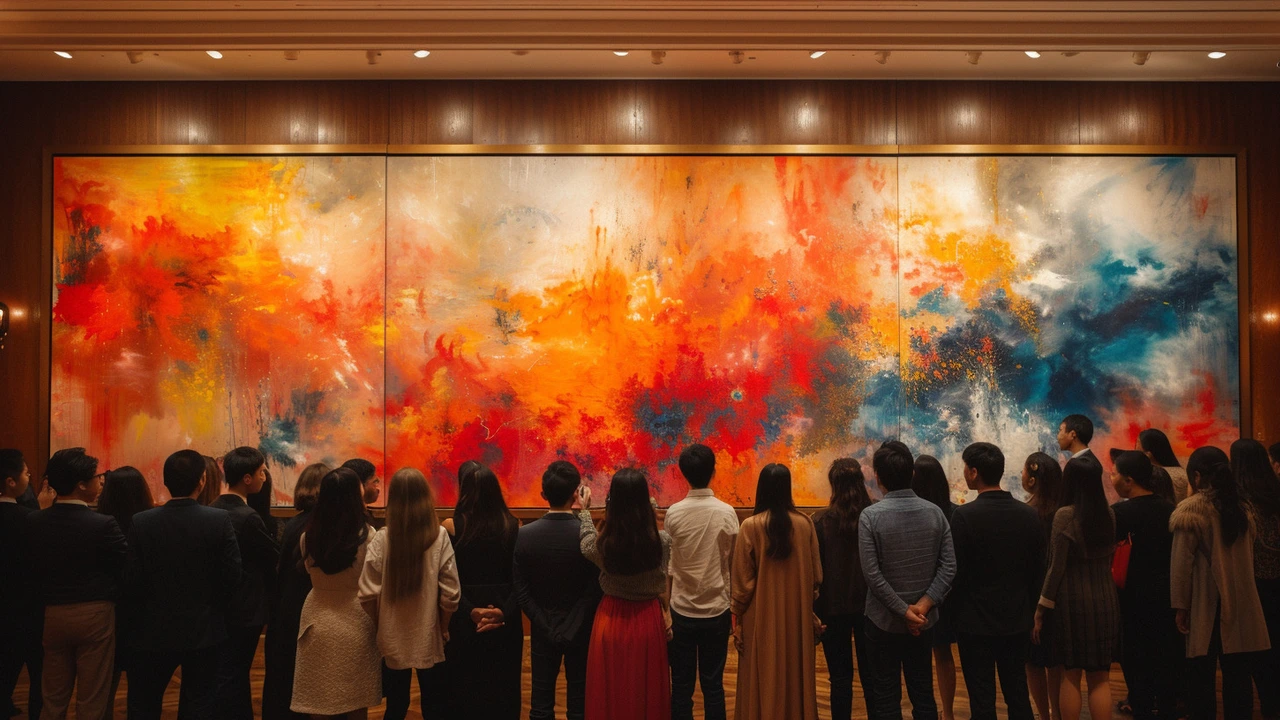Artistic Innovation: How Art Movements Fuel New Ideas
Want fresh creative directions? Artistic innovation comes from remixing the past, testing new tools, and breaking habits. This page pulls practical lessons from movements like Bauhaus, Futurism, Fluxus, Photorealism, and Land Art so you can try ideas that actually move your work forward.
Why historic movements matter
Movements weren’t just styles — they were experiments with how art connects to life. Bauhaus taught function and simplicity: strip a design to its essentials and ask if every part earns its place. Futurism pushed speed and technology; use that as permission to lean into digital tools or rapid prototyping. Fluxus broke rules and invited play; add unpredictability to your process to spark new outcomes. Photorealism shows the value of extreme craft, while Land Art reminds you that context and site can become materials.
These examples link to practical articles on this site — think case studies on Bauhaus design, guides to Photorealism techniques, and pieces on how Futurism informs smart cities. Read one short feature and you’ll find a concrete technique to try the next day: a compositional trick, a studio routine, or a public art idea you can adapt.
Practical ways to spark innovation
Change one variable in your routine. If you always plan, try a timed 30-minute free session where you don’t edit. If you always sketch on paper, make a digital mockup and add motion. Combine two unlikely sources: photorealism’s patience with Fluxus’s playfulness, for example, and see what emerges.
Use constraints as tools. Limit your palette to three colors and force yourself to solve form through shape and texture. Set a rule: every piece must involve a public interaction, even if it’s a simple postcard. Constraints often push you toward inventive solutions faster than unlimited freedom.
Collaborate with a different discipline. An architect’s approach to space, a coder’s logic, or a musician’s sense of timing can break creative deadlocks. Reach out for short swaps—two weeks to exchange sketches, a co-created installation plan, or a joint workshop. Cross-pollination accelerates new thinking.
Test ideas in small public ways. Installation art and Land Art thrive on viewer interaction; use pop-up shows, window displays, or temporary murals to see how real people react. Quick public tests give feedback you can’t get alone in the studio.
Keep a practice journal focused on experiments, not judgment. Note one thing that worked and one odd failure per session. Over time those failures map to patterns you can exploit. Innovation isn’t random luck—it’s repeatable moves and honest tracking.
If you want starting points, try these: borrow Bauhaus grid rules for a layout, use Photorealism layering for texture studies, or design a Fluxus-inspired performance that involves the audience. Pick one and iterate. Small, steady experiments lead to bigger breakthroughs faster than waiting for a lightning strike.


